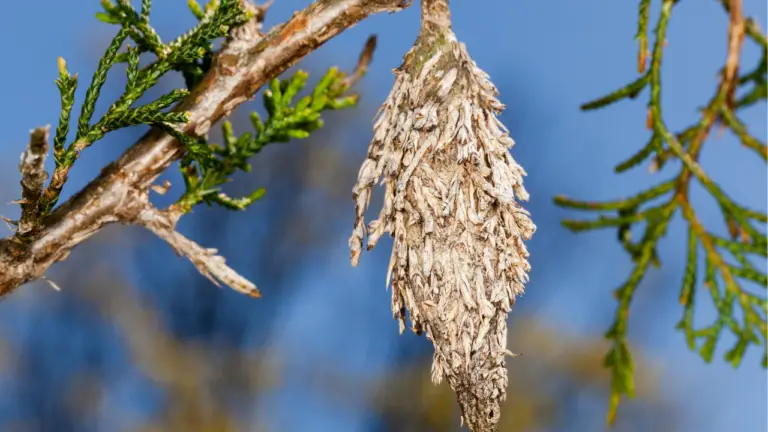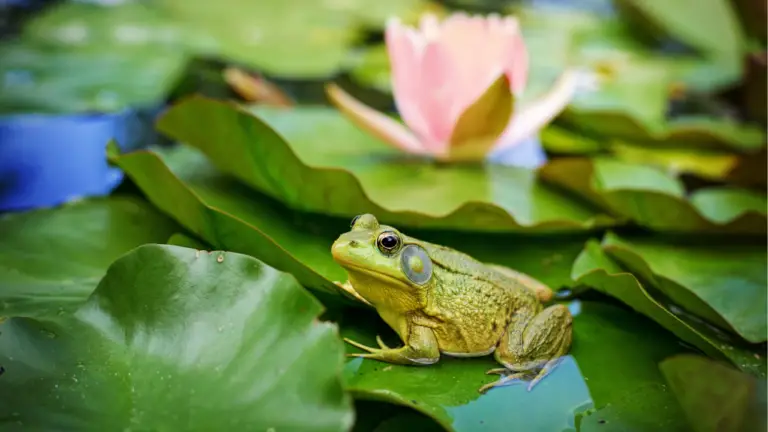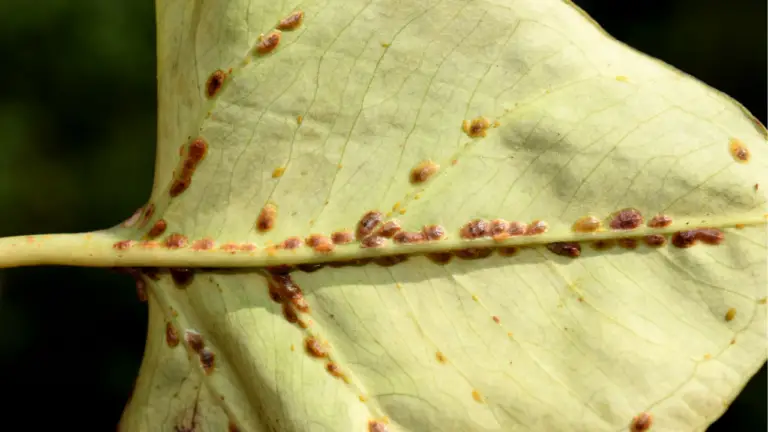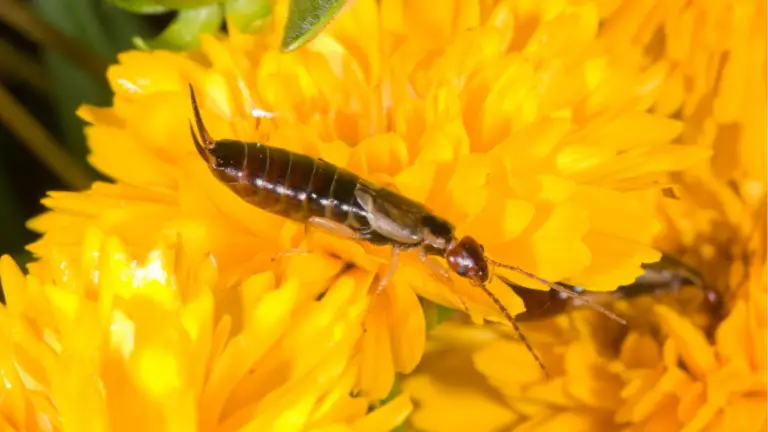10 Ways To Get Rid Of Flea Beetles
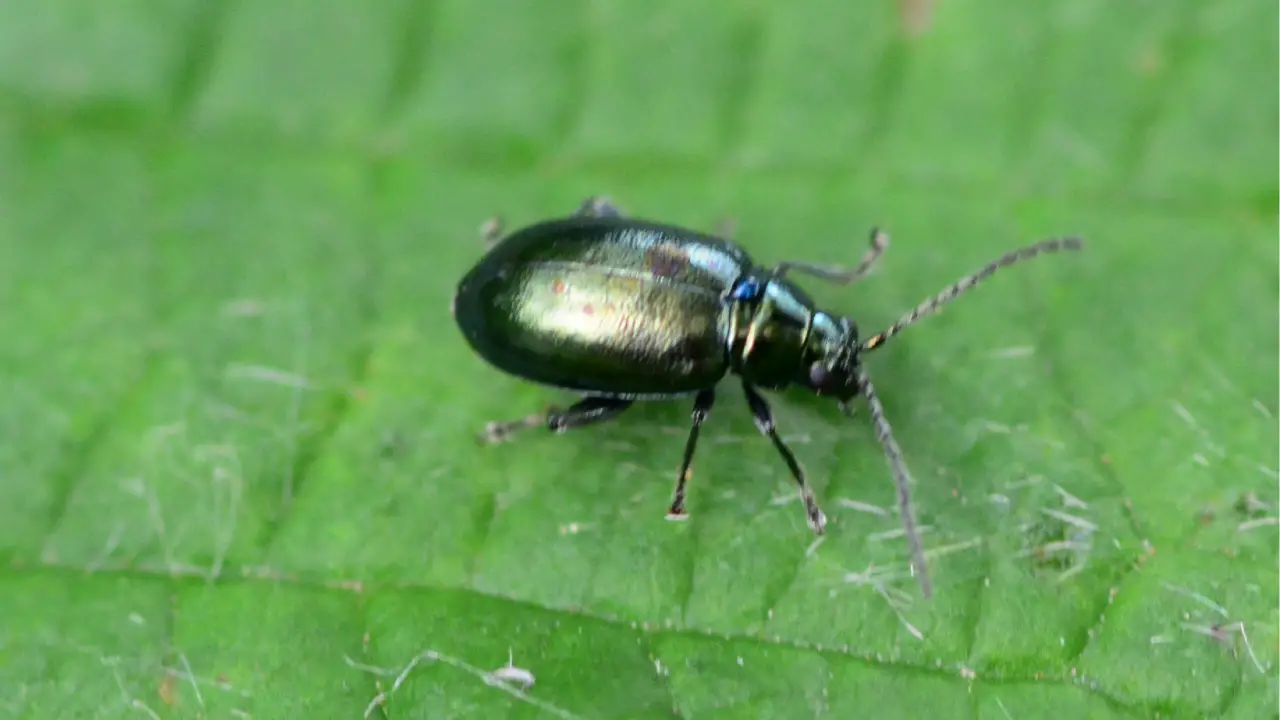
Flea beetles are tiny, hopping insects that can cause significant damage to garden plants. These pests feed on the leaves of various plants, creating small, irregular holes that can stunt growth and reduce yields. Flea beetles are particularly problematic for young plants, as their feeding can quickly overwhelm tender leaves. Fortunately, there are numerous natural methods to control and eliminate flea beetles from your garden, ensuring your plants remain healthy and productive.
How To Get Rid Of Flea Beetles?
1. Diatomaceous Earth
Diatomaceous earth is a natural, non-toxic powder made from fossilized diatoms. It works by dehydrating and killing flea beetles when they come into contact with it.
To use diatomaceous earth, simply dust it around the base of your plants and on the foliage. Reapply after rain or heavy watering, as moisture can reduce its effectiveness. This method is safe for humans, pets, and beneficial insects when used correctly.
2. Neem Oil
Neem oil is a natural pesticide derived from the seeds of the neem tree. It is effective against a variety of pests, including flea beetles, by disrupting their feeding and reproductive cycles.
Mix neem oil with water and a few drops of dish soap to create a spray. Apply this mixture to the affected plants, focusing on the undersides of leaves where flea beetles often hide. Reapply every seven to ten days or after rainfall for continued protection.
3. Row Covers
Row covers are lightweight fabrics that act as physical barriers to keep flea beetles away from plants. They are especially useful for protecting seedlings and young plants during the early stages of growth.
Install row covers immediately after planting and secure them well to prevent beetles from sneaking underneath. Remove the covers once the plants are established and more resistant to flea beetle damage. This method also has the added benefit of protecting plants from other pests and environmental stressors.
4. Trap Crops
Trap crops are plants that attract flea beetles away from your main garden crops. By planting these decoy plants, you can draw the pests away from more valuable plants.
Some effective trap crops for flea beetles include radishes, mustard greens, and nasturtiums. Plant these around the perimeter of your garden or interspersed with your main crops. Monitor the trap crops regularly and dispose of infested plants to prevent the beetles from spreading back to your main garden.
5. Beneficial Nematodes
Beneficial nematodes are microscopic worms that naturally prey on flea beetle larvae in the soil. They can significantly reduce flea beetle populations by attacking them before they mature and cause damage.
Apply nematodes to your garden soil in the spring when flea beetle larvae are most active. Follow the instructions on the nematode package for the best results. This biological control method is safe for humans, pets, and beneficial insects.
6. Companion Planting
Companion planting involves growing certain plants together to repel pests and enhance growth. Some plants can naturally deter flea beetles through their scent or other properties.
Examples of companion plants that repel flea beetles include basil, marigolds, and garlic. Plant these alongside susceptible crops like tomatoes, eggplants, and peppers to help protect them from flea beetle damage. This method also promotes a healthy and diverse garden ecosystem.
7. Handpicking
Handpicking is a simple but effective method for controlling flea beetle populations, especially in small gardens. By manually removing the pests, you can reduce their numbers and prevent further damage.
Inspect your plants regularly, particularly during the early morning when flea beetles are less active. Use a piece of sticky tape or your fingers to remove the beetles and drop them into a container of soapy water to kill them. Consistent handpicking can significantly reduce infestations over time.
8. Mulching
Mulching can help manage flea beetle populations by creating a barrier between the soil and the plants. Organic mulches like straw, wood chips, or compost can also improve soil health and moisture retention.
Apply a thick layer of mulch around the base of your plants to prevent flea beetles from reaching them. Ensure the mulch is kept away from the stems to avoid moisture-related diseases. Mulching can also suppress weed growth, further benefiting your garden.
9. Garlic Spray
Garlic spray is a natural repellent that can deter flea beetles from feeding on your plants. The strong odor and taste of garlic make the plants less appealing to the pests.
To make garlic spray, blend a few garlic cloves with water and strain the mixture. Add a few drops of dish soap to help the solution adhere to the plants. Spray the mixture on affected plants, especially the undersides of leaves. Reapply every few days or after rain for continued protection.
10. Crop Rotation
Crop rotation is an effective long-term strategy for managing flea beetles and other pests. By changing the location of your crops each year, you can disrupt the life cycles of pests that rely on specific plants.
Plan your garden layout to ensure that crops susceptible to flea beetles are not planted in the same spot consecutively. Rotate with less susceptible crops to reduce flea beetle populations in the soil. This practice also helps prevent soil depletion and promotes a healthy garden ecosystem.

